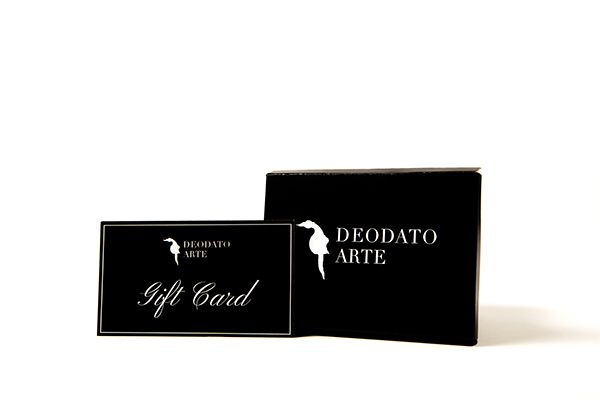
On March 4, a live stream on the YouTube channel Burnt Banksy showed a man burning an original and certified screenprint by street artist Banksy, declaring that the work would be digitized and turned into crypto art.
The collective of "tech and art enthusiasts" behind the revolutionary act belongs to Injective Protocol, a blockchain company that had bought the work at auction for $ 95,000. And if this seems meaningless, the virtual token in which the burned work has been "transformed" has already been sold for $ 380,000, four times the purchase price.
The choice of the work is not random: it is Morons (White), the work that depicts an auction in which the work on sale reads the words "I can't believe you morons actually buy this shit". A provocation, that of Banksy, towards the art market, but with this disruptive performance we move on to the next step.
Crypto art is one of the latest trends in the art market. Those who have purchased the digital work have received the official certificate of authenticity provided by Pest Control, Banksy's authentication agency. The virtual work thus has the same features as the physical one because it is certified by a non-replicable virtual token to which the official Pest Control authentication is associated.
The big question that arises concerns the idea itself of art. The physical object no longer coincides with the artwork, which is now identified in the certification (the virtual token, or NFT). If the recognition of the artist certifies the originality of an artwork, the essence (and possession) of this no longer depends on the physical object.
The destruction of the work by the collective took on the value of a true performance art piece. “I think [Banksy] would appreciate what we are doing since he also promotes creativity and iconoclastic ideas” said a representative of Injective Protocol. The contemporary language, the digital one, thus meet the language of art, but there is no lack of doubts and skepticism about the burned work and about crypto art in general.
What is crypto art and what are NFTs?
Although we have been used to the concepts of "cryptocurrency" and "blockchain", it is not so easy to understand how these technologies can be applied to art. Nevertheless, crypto art is not a trend of the last month or a temporary phenomenon, but it is becoming more and more consolidated. Let's now understand more about what crypto art is.
Crypto art (or cryptographic art) is a category of art related to blockchain technology.
It emerged as a niche art genre, following the development of networks in blockchain technology (such as the Ethereum blockchain) around 2015.
Cryptographic art has rapidly grown in popularity due to the unprecedented ability offered by blockchain technology to allow purely digital works of art to be bought, sold, or collected with a guarantee of uniqueness.
In fact, thanks to the existence of networks in blockchain technology, it has been possible to create a computer standard for defining a Non Fungible Token (NFT), which is a special type of cryptographic file that represents something unique and non-reproducible.
Art was one of the first use cases of NFTs and blockchain technology in general, due to the supposed ability of NFTs to provide proof of authenticity and ownership of digital art.
What are NFTs (non-fungible tokens)?
An NFT (non-fungible token) is a numeric code defined as "non-fungible" and bound to a blockchain. Non-fungible means that NFTs are not mutually interchangeable because they contain unique information, although theoretically it is possible to coin any number of different NFTs representing the same object.
For this reason, there are several portals, which vouch for the association between digital (or even physical) objects and NFTs, which are then used in Crypto Art.
Occasionally they may also be used to grant digital collectibles or even as elements of online games, to represent game resources controlled by the user, rather than by the game developer itself.











 Register
Register Wishlist
Wishlist Contact Us
Contact Us
